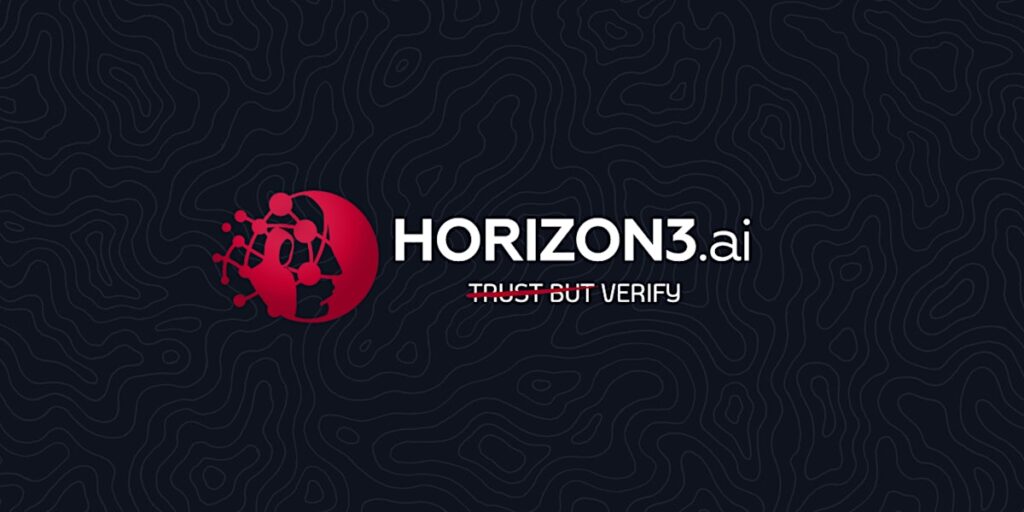A new class of open-source AI pentesting frameworks—tools like Cyber-AutoAgent, Villager, and other “AI hacker” agents—promises to automate parts of red teaming using large language models (LLMs). They chain together reconnaissance, exploitation, and lateral movement by feeding command results to an LLM and asking it what to do next.
It sounds powerful. But here’s the real problem: you don’t know where your pentest data is going.
The Real Risk: Unapproved Data Exfiltration, Not Model Training
Most organizations think of LLM security risk in terms of “training.” They worry that their data might end up improving someone else’s model. That’s not the real issue here.
The actual danger is simpler—and far more immediate: these frameworks often send sensitive data to external APIs or model endpoints outside your organization’s control.
That means pentest command output—internal IPs, hostnames, user credentials, configuration files, directory listings, even password hashes—can be transmitted to third-party providers like OpenAI, Anthropic, or Hugging Face through API calls buried deep in the tool’s logic.
You might have just leaked regulated or classified data to an unapproved third party, without any human approval process, data classification check, or legal protection in place.
This isn’t a theoretical risk.
Most of these open-source projects:
- Depend on public API keys or default to external inference endpoints.
- Lack configuration controls to restrict where data can flow.
- Include third-party libraries that make telemetry or usage-analytics calls by default.
- Offer no logging or audit trail for what data left the environment or why.
The result: silent, unauthorized data egress from inside your network to public LLM APIs.
Why This Matters
You can’t govern what you can’t see.
If an AI framework routes your pentest data through an external model, that connection may never show up in traditional DLP, SIEM, or proxy logs. It looks like normal HTTPS traffic to api.openai.com or claude.ai.
You lose visibility into what data left, what was logged, and who has access to it.
You lose legal and regulatory protection.
Even if the LLM provider deletes data quickly, you still transmit sensitive system information to a third-party environment with no DPA, NDA, or compliance coverage. That can trigger violations of PCI, HIPAA, CJIS, or FedRAMP boundaries.
You break trust boundaries you didn’t mean to.
Security teams build strong network segmentation and least-privilege models for a reason. These AI frameworks effectively tunnel through all that discipline by turning your pentest into an outbound chat session with an unvetted third party.
You can’t perform post-mortem analysis.
Unlike normal command-and-control traffic, there’s no forensic artifact proving what was sent. You can’t review prompts or outputs, can’t replay the conversation, and can’t quantify the scope of data exposure.
Why It Happens
These frameworks were built by researchers, not enterprises. They prioritize experimentation and capability, not compliance. Many are just Python wrappers around model APIs—fast to build, hard to govern. For example:
- The AI “brain” calls a model like Claude or GPT-4 using your API key.
- The prompt includes raw pentest command output.
- The model replies with suggested next commands.
- The loop continues—each iteration exfiltrating more context.
Even if you host the tool internally, the data still traverses an external endpoint every time a prompt is sent. You’ve effectively given a third party a live feed of your internal pentest.
The Compliance Gap
Security teams wouldn’t dream of emailing pentest data to a vendor without redaction or legal agreements. Yet these AI frameworks do the same thing programmatically, hundreds of times per second. This undermines basic security and privacy controls, including:
- Data classification and handling policies
- Third-party risk management
- Export control compliance (especially for defense and critical infrastructure)
- Incident containment processes
In regulated sectors, even a small leak of system metadata or log output can qualify as a reportable event.
What “Secure AI Pentesting” Should Look Like
Responsible AI-enabled pentesting requires explicit control and verifiable provenance over all data flows. That means:
- Isolation by design — no unapproved outbound API calls; inference happens entirely within a secured, hardened environment.
- Data provenance and auditability — every command, result, and AI decision is logged with complete lineage.
- Deterministic AI workflows — reasoning models operate on structured context with known inputs and reproducible outputs.
- Zero external dependencies — no public API keys, no telemetry libraries, no network egress except to approved endpoints.
- Governance alignment — documented controls that meet internal and regulatory security policies.
How NodeZero Handles This
NodeZero was built from day one to meet these criteria. Every component—its reasoning engine, graph-based decision logic, and model orchestration—is contained within controlled, audited compute environments.
- No external LLM calls: all reasoning runs within isolated infrastructure.
- Data stays in-place: pentest data never leaves the NodeZero environment unless explicitly exported by the user.
- Full provenance: every command and inference is recorded for forensic replay.
- Controlled model updates: models are trained, validated, and deployed through vetted internal pipelines, never via live customer data.
That combination of autonomy and accountability makes NodeZero usable in regulated environments, where most open-source AI hacker tools are not.
The Bottom Line
Open-source AI pentesting frameworks are exciting, but they’re not enterprise-safe.
Until they provide verifiable controls around egress, provenance, and data handling, they should be treated as untrusted code with outbound C2 behavior.
Running them in a production network isn’t experimentation—it’s a compliance risk.
And because these tools are designed to touch the most sensitive systems in your environment, the consequences of unmonitored data egress are exponentially worse.
AI will play a major role in the future of offensive security, but that future has to be built on secure architecture, not just clever automation.

